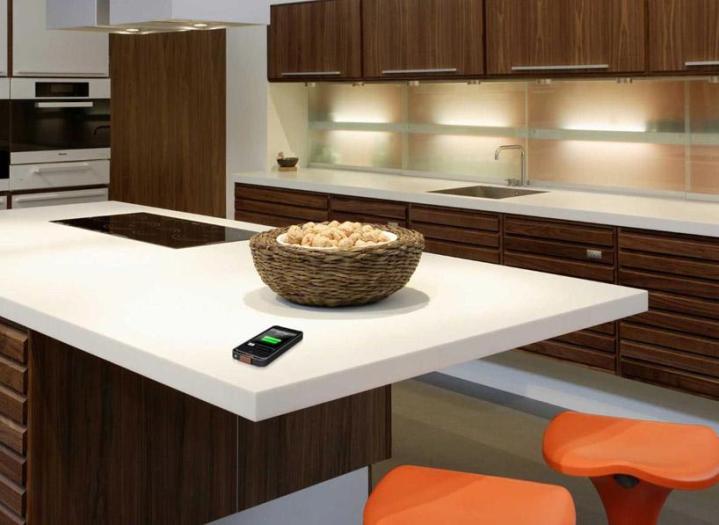
Wireless charging standards have become a tiny bit less confusing this week. Two of the main three groups have joined forces. The Alliance for Wireless Power and the Power Matters Alliance – known as the A4WP and PMA respectively – have worked out a deal which could bring us a step closer to a unified wireless charging standard.
This could mean manufacturers will be more willing to incorporate the technology in their devices, as more charging pads and stations will be compatible. Well, that’s the hope, at least. The PMA and A4WP only represent two-thirds of the wireless charging world. There is still a holdout: the Wireless Power Consortium, or the WPC to you and me. It hasn’t signed on yet.
If you own a Nexus 5, Nexus 7, or any wirelessly charged Nokia phone, it uses the WPC’s Qi wireless standard. Other devices use the other standards. Manufacturer support is all over the place and several companies, including Qualcomm, back all three horses. While they clearly want to be in with the winner, this doesn’t help matters, and wireless charging remains a rare and needlessly confusing feature for everyone.
Before we open the champagne to toast the A4WP and PMA’s deal, it’s necessary to clarify what it means. Neither has committed to combine their wireless charging standards. In fact, they both use different methods, with the PMA preferring inductive charging, and the A4WP going for magnetic charging. Instead, this is an agreement to share different patents and systems, like their software to make money from charging points and the tech needed to charge several devices at the same time.
There’s no reason why we shouldn’t eventually get devices that support both standards, though. If that happens, wireless charging should become a more common feature, and one we can feel confident about using. The deal could also motivate the WPC – which supports the same inductive charging system as the PMA – to jump in with its two competitors in the future. The race isn’t over yet, but two horses have just nosed ahead.
Still, for phone and device buyers like us to win, either all three need to cross the line together, or a single clear winner must forge ahead. Let’s hope that happens soon.


